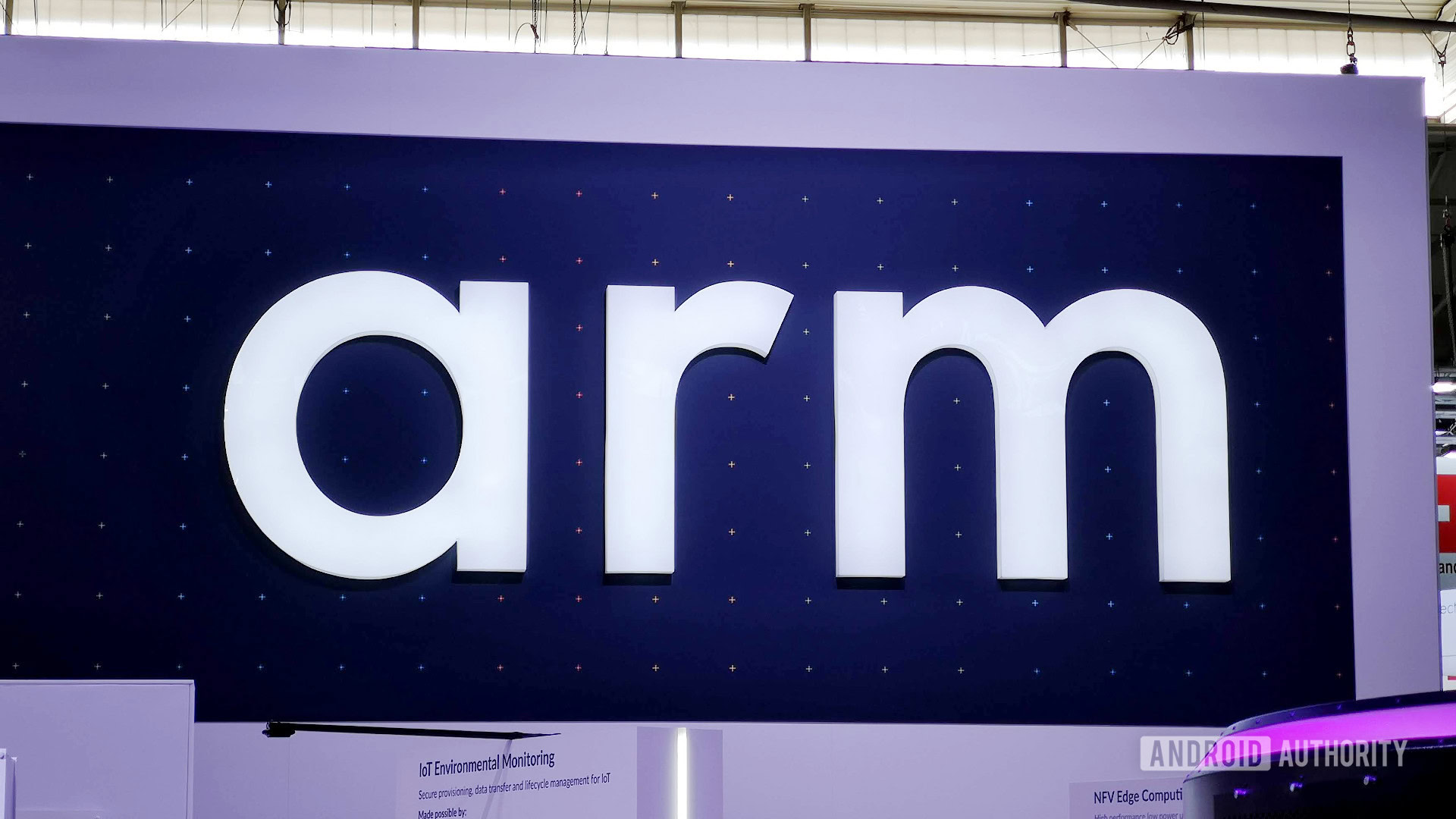Orin and Drake are the only DLSS capable chips a new Switch could use
that we know about and we only know details about Drake due to a hack. Consider what this conversation would be like if the Nvidia hack had not happened.
The only chip a DLSS Switch could use is Orin, so obviously "Dane" is a cut down Orin, built on 8nm
... a perfectly reasonable statement that we now know probably isn't true. Why is it impossible to believe that our new, hacked info
still isn't 100% of the story either? We've connected hardware we know Nvidia is making for Nintendo (Drake) to the device that Nintendo is heavily rumored to be making (Switch Pro), but we also know that Nintendo is probably working a Next Gen device as well, at least conceptually. Why can't Drake be that? Why can't the Switch Pro be a SOC that wasn't leaked?
You said that the only viable chip for the DLSS Switch is Drake and... kinda? There have been persistent questions around how Nintendo is going to fit Dane quantities of silicon in the Switch form factor at acceptable power draw and heat levels, on this timeline, and why they would do it for a revision that
mostly "just" plays Switch games? How much profit is possible on such a device? These open questions can be answered in one fell swoop with "it isn't."
The API name means little in this case. GX was the name of the GameCube API, and it was
also the name of the Wii API. GX2 was the name of the WiiU API. NVN will be the base of Nintendo's internal graphics layer for the foreseeable future, as long as the internal architecture of their devices continues in this Vulcan-esque vein that Nvidia has been tapping for some time. If anything, the name NVN
2 implies a next gen device and not a revision.
"Nintendo won't abandon their successful form factor" - probably not in the next 10 years, you are correct. But WiiU was both a continuation of AND a major revision of the value proposition of the Wii. It's not impossible Nintendo would try that direction again. It isn't impossible that they would try to develop a second line of hardware in much the same way they did with the DS and the Switch, where they launch a "third pillar" system, but then abandon or separate the lines of business if it's successful. Nintendo knows they can't ride the Switch forever, and that probably involves planning for a non-Switch system while the Switch still has enough gas in the tank that Nintendo can fall back to it if something goes wrong with their successor. It seems highly likely that those experiments would center around Switch-like internals (for ease of development, as well as ease of porting back to Switch, should something go wrong) that are too beefy to go in a handheld (to create a value proposition for a device that isn't a handheld.
TL;DR: It isn't logically inconsistent to believe in a Switch Pro and Drake without being certain they are the same device.

